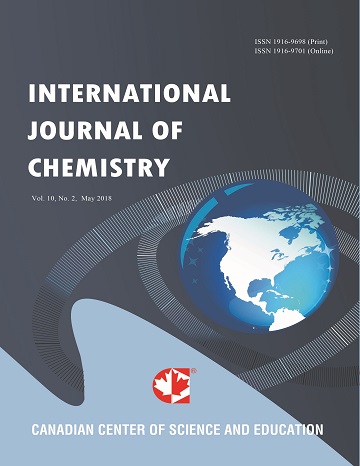Polycyclic Aromatic Hydrocarbons Degradation Techniques: A Review
- Luke Ukiwe
- Ubaezue Egereonu
- Pascal Njoku
- Christopher Nwoko
- Jude Allinor
Abstract
The demand for processed petroleum products and agricultural produce has exposed our environment to polycyclic aromatic hydrocarbons (PAHs) contamination. PAHs stick to solid sediments and are ubiquitous including soil, water and air. Their presence in these media creates problems because consuming products obtained from these sources could be deleterious to human health since several of these compounds (benz(a)anthracene, benzo(a)pyrene, chrysene etc) have been implicated in causing tumors in animals and cancer in humans. The present review describes several remediation techniques which are efficient and cost effective in removing PAHs from the environment. Some of these conventional clean-up methods are not only environmental friendly; they also present a novel approach in reducing the ability of PAHs to cause prospective risk to humans and the ecosystem.
- Full Text:
 PDF
PDF
- DOI:10.5539/ijc.v5n4p43
Index
Contact
- Albert JohnEditorial Assistant
- ijc@ccsenet.org
